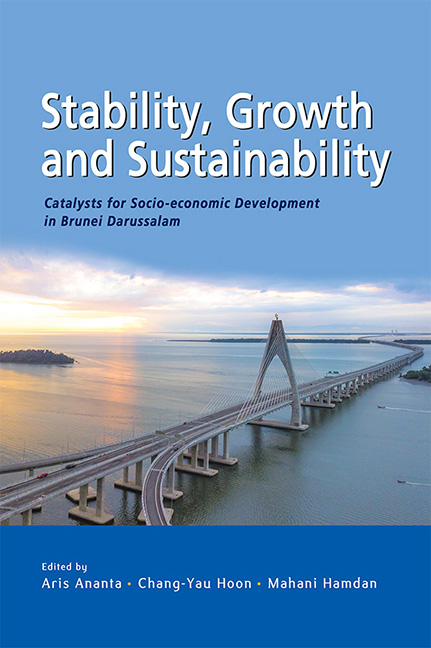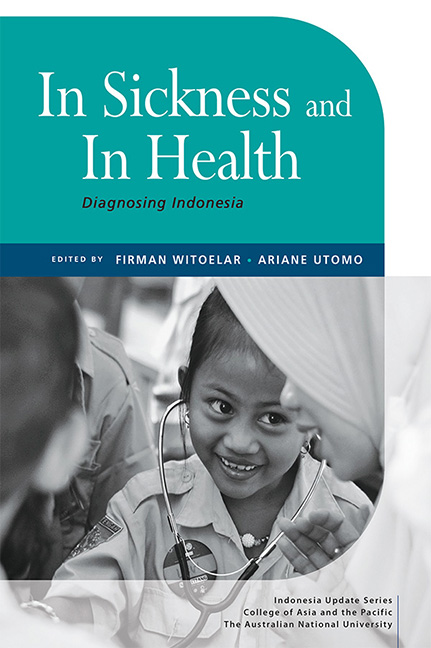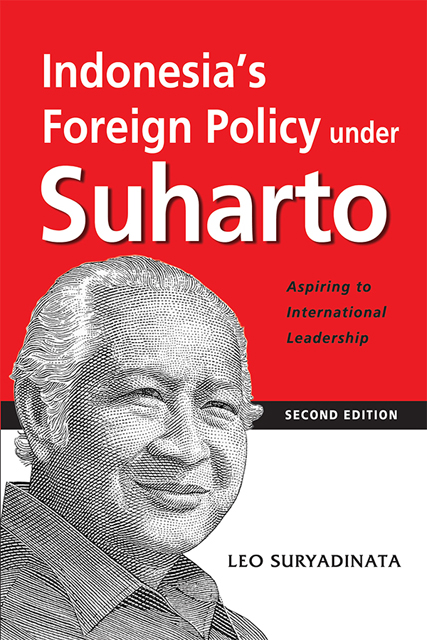308 results in Books and Monographs

Visiting Sexual Exploitation
- How Should Indonesia Strengthen Its Policies to Curb Sex Work in Response to Its Extramarital Sex Criminalization
-
- Published by:
- ISEAS–Yusof Ishak Institute
- Published online:
- 16 April 2024
- Print publication:
- 01 February 2024

Gender Equality and Diversity in Indonesia
- Identifying Progress and Challenges
-
- Published by:
- ISEAS–Yusof Ishak Institute
- Published online:
- 26 March 2024
- Print publication:
- 31 October 2023

Chinese Investments in Southeast Asia
- Patterns and Significance
-
- Published by:
- ISEAS–Yusof Ishak Institute
- Published online:
- 26 March 2024
- Print publication:
- 06 September 2023

Port Security and Preman Organizations in Indonesia
-
- Published by:
- ISEAS–Yusof Ishak Institute
- Published online:
- 01 March 2024
- Print publication:
- 15 August 2023

Transforming Borneo
- From Land Exploitation to Sustainable Development
-
- Published by:
- ISEAS–Yusof Ishak Institute
- Published online:
- 27 February 2024
- Print publication:
- 09 March 2023

Just Another Crisis?
- The Impact of the COVID-19 Pandemic on Southeast Asia's Rice Sector
-
- Published by:
- ISEAS–Yusof Ishak Institute
- Published online:
- 27 February 2024
- Print publication:
- 17 May 2023

Stability, Growth and Sustainability
- Catalysts for Socio-economic Development in Brunei Darussalam
-
- Published by:
- ISEAS–Yusof Ishak Institute
- Published online:
- 10 January 2024
- Print publication:
- 18 January 2023

In Sickness and In Health
- Diagnosing Indonesia
-
- Published by:
- ISEAS–Yusof Ishak Institute
- Published online:
- 09 January 2024
- Print publication:
- 27 November 2022

Reaching for the Crescent
- Aspirations of Singapore Islamic Studies Graduates and the Challenges
-
- Published by:
- ISEAS–Yusof Ishak Institute
- Published online:
- 01 September 2023

Indonesia's Foreign Policy under Suharto
- Aspiring to International Leadership
-
- Published by:
- ISEAS–Yusof Ishak Institute
- Published online:
- 01 September 2023

Capitalism Magic Thailand
- Modernity with Enchantment
-
- Published by:
- ISEAS–Yusof Ishak Institute
- Published online:
- 01 September 2023
- Print publication:
- 02 January 2022

COVID-19 and the Structural Crises of Our Time
-
- Published by:
- ISEAS–Yusof Ishak Institute
- Published online:
- 01 September 2023

Myanmar (Burma) since the 1988 Uprising
- A Select Bibliography
-
- Published by:
- ISEAS–Yusof Ishak Institute
- Published online:
- 01 September 2023

The Creative South
- Buddhist and Hindu Art in Mediaeval Maritime Asia
-
- Published by:
- ISEAS–Yusof Ishak Institute
- Published online:
- 01 September 2023

Peranakan Chinese Identities in the Globalizing Malay Archipelago
-
- Published by:
- ISEAS–Yusof Ishak Institute
- Published online:
- 01 September 2023

Thailand
- A Struggle for the Nation
-
- Published by:
- ISEAS–Yusof Ishak Institute
- Published online:
- 01 September 2023

Keeping Indonesia Safe from the COVID-19 Pandemic
- Lessons Learnt from the National Economic Recovery Programme
-
- Published by:
- ISEAS–Yusof Ishak Institute
- Published online:
- 30 June 2023
- Print publication:
- 31 October 2022

The Creative South
- Buddhist and Hindu Art in Mediaeval Maritime Asia
-
- Published by:
- ISEAS–Yusof Ishak Institute
- Published online:
- 30 June 2023
- Print publication:
- 08 September 2022

A Soldier King
- Monarchy and Military in the Thailand of Rama X
-
- Published by:
- ISEAS–Yusof Ishak Institute
- Published online:
- 30 June 2023
- Print publication:
- 21 February 2022

Democracy in Indonesia
- From Stagnation to Regression?
-
- Published by:
- ISEAS–Yusof Ishak Institute
- Published online:
- 24 November 2020
- Print publication:
- 19 August 2020


